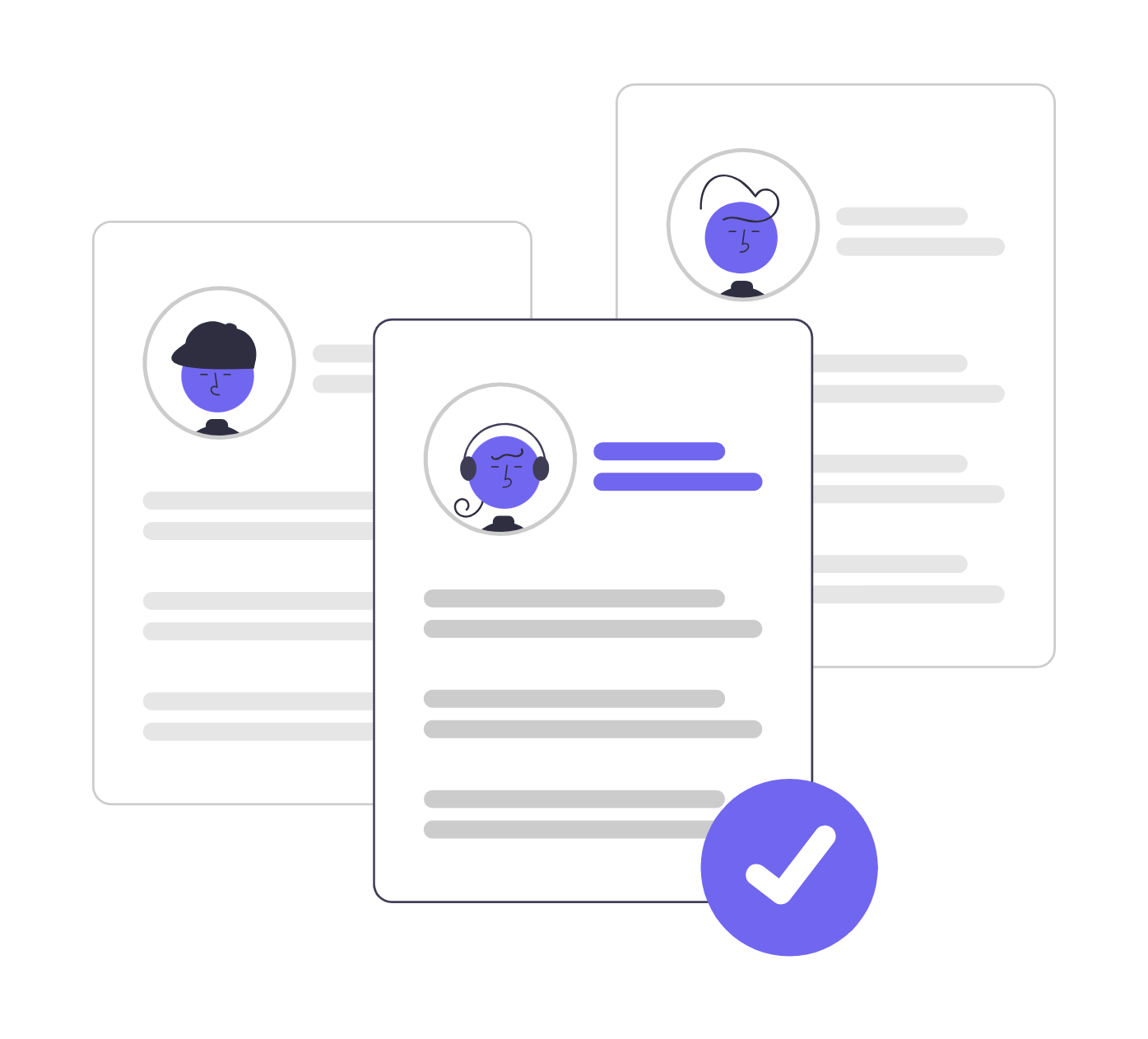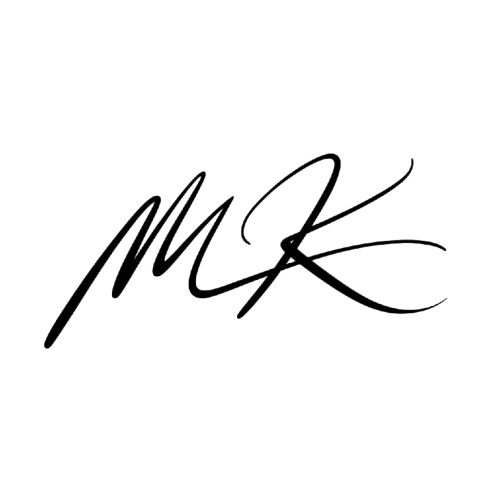Share
Recruiting isn’t just about filling a seat—it’s about bringing in the right person who can help your team grow, innovate, and succeed. Yet too many hiring managers rush into interviews without a solid process in place, only to backtrack when candidates drop out, don’t perform, or weren’t a fit to begin with.
If you want to hire smarter—and faster—your recruiting process needs to start long before applications roll in. This guide will walk you through each foundational step to ensure you’re set up to make the right hire the first time.
1. Define the Need: What Role Are You Really Hiring For?
Before you write a job description or post on a job board, pause. What exactly are you hiring for?
Sometimes it’s obvious—you’re replacing someone who left. But in many cases, the needs have evolved. Maybe the team is shifting direction. Maybe a generalist isn’t what you need anymore.
Work closely with the department head or team lead to answer:
- What impact should this role have in 3, 6, 12 months?
- What skills or knowledge gaps does this role need to fill?
- What soft skills (e.g., communication, adaptability) matter most?
Being vague here leads to hiring someone who looks good on paper but falls short on the job.
2. Write a Job Description That Attracts, Not Just Informs
A job description isn’t just a checklist—it’s your pitch.
Yes, you need to outline the responsibilities and qualifications. But great job descriptions also tell candidates:
- What success looks like in the role.
- Why the role matters to the team and company.
- What kind of person thrives in the environment.
Include the essentials:
- Clear job title
- Key responsibilities (no more than 6–8 bullet points)
- Required and preferred qualifications
- Salary range (if possible)
- Benefits and perks
- Work arrangements (remote, hybrid, in-office)
Use friendly, direct language. Avoid jargon and internal acronyms—you’re writing for humans, not a legal document.
3. Build a Recruitment Strategy That Fits the Role
Now that you know what you’re hiring for and how you’ll talk about it, figure out how you’ll attract the right people.
Some questions to guide your strategy:
- Will this be handled internally or via a recruitment agency?
- Are you sourcing actively (headhunting) or passively (job boards)?
- Which platforms are best for this role? LinkedIn? Local boards? Niche job communities?
Be deliberate. Don’t blast your posting everywhere and hope for the best. Focus your efforts on where the right candidates actually spend time.
Workscreen eliminates low-effort applicants—including those who use AI Tools to apply, copy-paste answers, or rely on "one-click apply." This way, you focus only on genuine, committed, and high-quality candidates—helping you avoid costly hiring mistakes.

4. Launch the Job Posting With Purpose
This is your first real impression. Don’t copy-paste the job description into every platform.
Instead:
- Customize for each platform’s format and audience.
- Use attention-grabbing headlines.
- Make sure your employer brand shines—whether that’s your values, culture, or benefits.
Referral programs also matter. Encourage current employees to share the opening. Referrals often lead to faster, better-quality hires—and show that your team is engaged in building the company.
5. Screen Smarter, Not Harder
Applications flood in. Now what?
Instead of relying only on resumes, layer your screening process:
- Initial resume review to confirm minimum qualifications.
- Phone screen (15–30 min) to gauge interest, motivation, logistics.
- Simple task or skills test that reflects real work (optional, but highly useful).
The goal? Filter out candidates who won’t be a match before investing time in long interviews.
Just make sure the process isn’t overly complicated or time-consuming. Top candidates are likely fielding multiple offers—if your process is clunky, they’ll opt out.
Easily administer one-click skill tests with Workscreen-This way you can assess candidates based on real-world ability—not just credentials like résumés and past experience. This helps you hire more confidently and holistically.

6. Design a Structured Interview Process (And Cut the Fat)
One of the biggest mistakes in recruiting is the bloated interview loop. Meeting six people. Doing a presentation. Then a panel. Then another round.
Too many interviews lead to:
- Repetition and fatigue
- Slower decisions
- Poor candidate experience
Instead, keep it tight and intentional:
- 2–4 rounds max (based on role seniority)
- Clearly assign responsibilities: who tests for culture fit, technical skills, problem-solving?
- Use structured interview questions—especially behavioral ones tied to real competencies.
If you need a task or case study, place it early, not after three rounds of interviews.
👉Workscreen evaluates, scores and ranks applicants on a performance-based leaderboard—making it easy to spot top talent, save time, and make smarter, data-driven hiring decisions. Get started now

7. Run Background and Reference Checks
Before making an offer, do your homework.
This includes:
- Employment verification
- Reference calls (ask specific, job-related questions)
- Criminal or education checks, where appropriate
You’re not just verifying facts—you’re gathering signals about how the person shows up in a team, handles stress, or navigates feedback.
8. Make the Offer (With Backups Ready)
When you’ve found your top candidate, don’t delay. Make the offer swiftly and clearly.
Best practices:
- Present verbally first, followed by a written offer.
- Be ready to negotiate on salary, title, or start date within reasonable boundaries.
- Have 1–2 backup candidates already identified in case your first choice declines.
Speed matters. Dragging your feet on offers risks losing talent to competitors.
9. Start Onboarding Before Day One
Many companies think onboarding starts on the employee’s first day. The best ones know it starts the moment the offer is accepted.
Send a welcome email. Share key docs, tools, or even a team intro video. Set expectations for the first week.
Why it matters: up to 25% of candidates ghost after accepting an offer. A warm, proactive onboarding process reduces dropouts and builds trust from the start.
10. Review the Process and Improve
Once the hiring dust settles, don’t forget to evaluate what worked—and what didn’t.
Ask:
- Where did strong candidates drop off?
- Which sourcing channels were most effective?
- How long did the process take—and where were the bottlenecks?
- What feedback did you get from candidates?
Even better: collect Candidate NPS or survey feedback to directly improve the experience.
Hiring isn’t static. Your process should evolve with every role.
Final Thoughts: Hire With Purpose, Not Just Process
The strongest recruiting processes are structured—but never rigid. They balance efficiency with human touch, objectivity with curiosity.
When you start the recruiting process the right way—with clarity, intentional strategy, and empathy—you don’t just fill roles. You build teams that thrive.
FAQ
A: The first step is identifying the need for a new hire. This involves clarifying whether the role is a replacement or a new position and defining the skills, experience, and impact required. Collaborating with the hiring manager ensures alignment on role expectations before posting the job.
A: The start method of recruitment typically begins with a job analysis and a clear definition of the hiring need. This is followed by drafting a job description, choosing a recruitment strategy, and selecting appropriate sourcing channels before screening or interviewing candidates.
A: Focus on clarity, impact, and authenticity. Outline key responsibilities, required qualifications, salary (if possible), and what success looks like in the role. Use inclusive and straightforward language tailored to your ideal candidate.
A: A recruitment strategy is your plan for how you’ll attract, assess, and hire candidates. It includes choosing sourcing channels (job boards, referrals, social media), setting timelines, and selecting screening and interview methods. A clear strategy ensures consistency, reduces time-to-hire, and improves candidate quality.
A: Ideally, 2–4 rounds are sufficient for most roles. Overloading candidates with too many interviews can lead to fatigue, dropout, and slower decision-making. Each interview should have a distinct focus, such as culture fit, technical skill, or problem-solving ability.
A: Yes, skill tests are a valuable way to assess a candidate’s real-world ability beyond resumes. They help eliminate bias, validate expertise, and speed up decision-making. Keep them short, relevant, and fair to avoid candidate fatigue.
A: Communicate clearly, avoid long delays between steps, provide feedback where possible, and limit unnecessary interviews or tests. A smooth, respectful process builds employer brand and reduces offer rejections or candidate drop-off.

